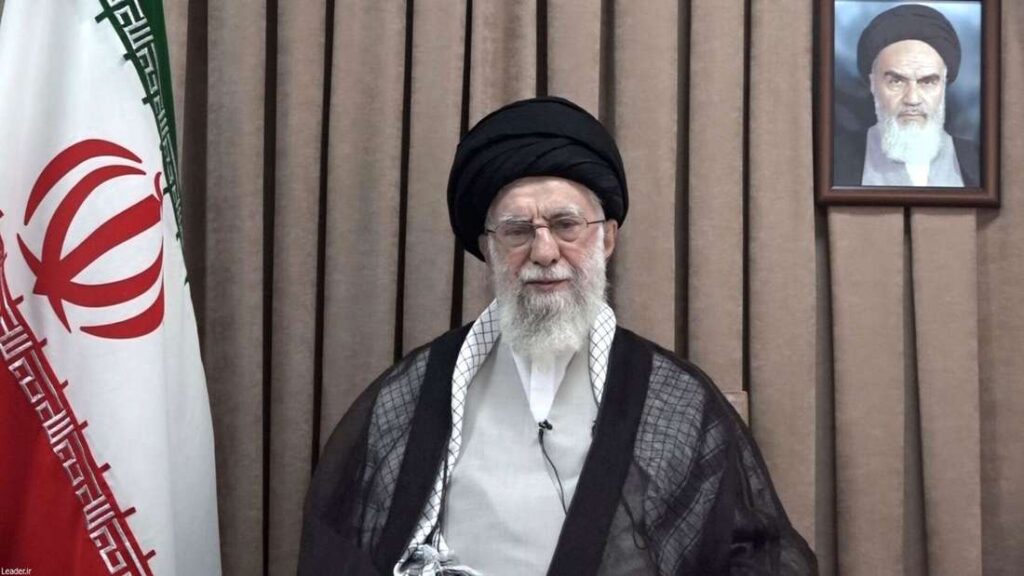
Introduction
Ayatollah Ali Khamenei has been the Supreme Leader of Iran since 1989, playing a pivotal role in shaping the country’s political landscape and foreign policy. As a significant figure in global geopolitics, Khamenei’s actions and policies not only affect Iran but also have profound implications for the stability of the Middle East and beyond. Understanding his position and ideology is crucial for grasping contemporary international relations involving Iran.
The Origins of Khamenei’s Power
Born on July 17, 1939, Khamenei was a prominent cleric and a close ally of the late Ayatollah Ruhollah Khomeini, the architect of the Iranian Revolution in 1979. Khamenei initially served as the President of Iran from 1981 to 1989 before being appointed as Supreme Leader after Khomeini’s death. His ascension marked a transition in Iran’s leadership style, emphasizing a persistently hardline approach.
Domestic Policies and Governance
Khamenei’s governance has been characterized by a consolidation of power, suppressing dissent, and limiting freedoms. Under his rule, Iran has faced extensive domestic unrest, particularly around issues such as economic management and human rights. For instance, the 2019 protests against fuel price hikes reflected widespread public discontent, leading to significant government crackdowns. Academic reports have noted an increase in repression of journalists and activists during Khamenei’s leadership.
Foreign Policy and Regional Influence
Khamenei’s foreign policy is heavily influenced by his anti-Western stance, particularly against the United States and Israel. He has consistently advocated for resistance against what he perceives as Western imperialism. This outlook has manifested in Iran’s military involvement in conflicts across the region, particularly in Syria and Iraq, where Iranian forces have supported allied groups to combat extremist factions. His leadership has thus been a focal point in regional tensions, contributing to ongoing conflicts and several proxy wars.
Recent Developments and Global Impact
Recently, as the world grapples with various geopolitical crises, Khamenei’s influence has not waned. His statements regarding nuclear negotiations with the United States highlight his unwavering commitment to Iran’s nuclear ambitions, leading to international concern about potential escalations. Moreover, recent uprisings in Iran paint a complex picture of a leadership facing internal challenges as it navigates external pressures.
Conclusion
Ayatollah Ali Khamenei remains a central figure in Iranian politics, wielding significant power that influences not only his country’s future but also international relations at large. As he continues to implement his policies in a volatile environment, understanding his role and the implications of his decisions remain essential for analyzing the broader geopolitical landscape. Observers predict that Khamenei’s hardline approach will persist, further complicating diplomatic solutions in the region.



